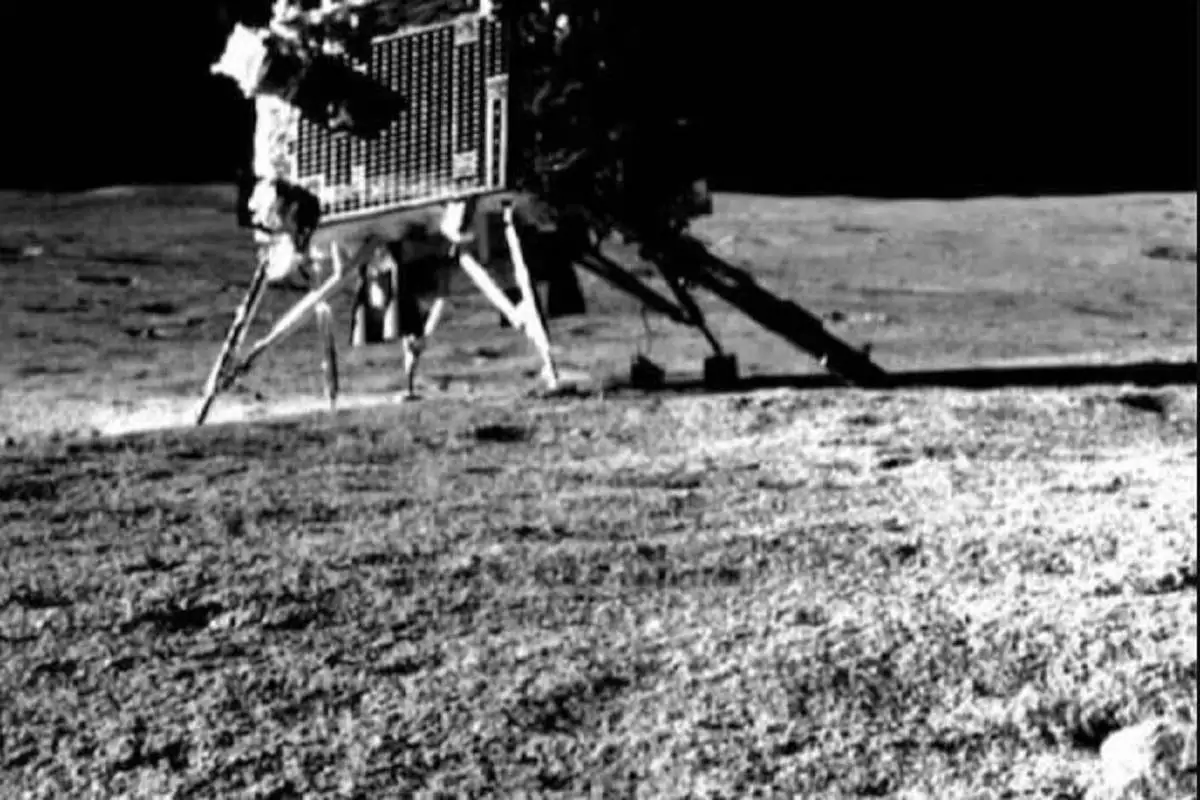
The Indian Space Research Organisation reported on Thursday that the Vikram lander, part of Chandrayaan-3, has discovered a “natural” seismic event on the moon while conducting tests there.
Isro said that the Chandrayaan-3 lander’s seismic activity-detecting tools also managed to capture vibrations brought on by the movement of the mission’s Pragyan rover and other payloads.
The first MEMS-based instrument on the moon, the Instrument for the Lunar Seismic Activity (ILSA) payload aboard Chandrayaan 3 Lander, has recorded the movements of Rover and other payloads, according to an Isro post on X, formerly Twitter.
“On August 26, 2023, it recorded what appears to be a natural occurrence. The cause of this incident is being looked into, according to Isro. The Isro states that the main goal of ILSA is to measure the ground vibrations brought on by natural quakes, collisions, and manmade events.
The space agency had previously revealed that a different instrument onboard Vikram, called Radio Anatomy of Moon Bound Hypersensitive Ionosphere and Atmosphere, had taken the first-ever measurements of the plasma particles present close to the Moon’s surface in the region of the lunar South Pole, where the Chandrayaan-3 mission landed last week.
According to Isro’s initial analysis of the data gathered, the plasma near the lunar surface is relatively scarce.
The Chandrayaan-3 mission, which made a successful lunar landing on August 23, has been carrying out a number of tests to learn more about the area around the lunar South Pole.
Earlier today, another method used by India’s moon rover Pragyan confirmed the existence of sulphur and other elements at the lunar South Pole. Within the framework of the ongoing Chandrayaan-3 project, the Isro announced the discovery.
To read more such news, download Bharat Express news apps


















